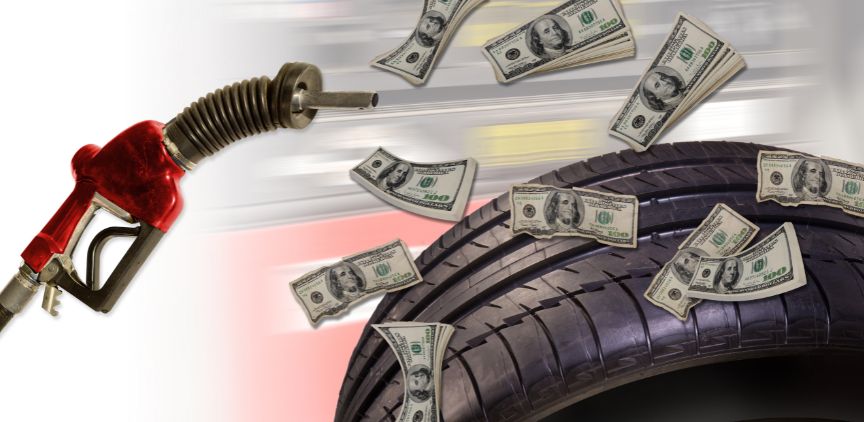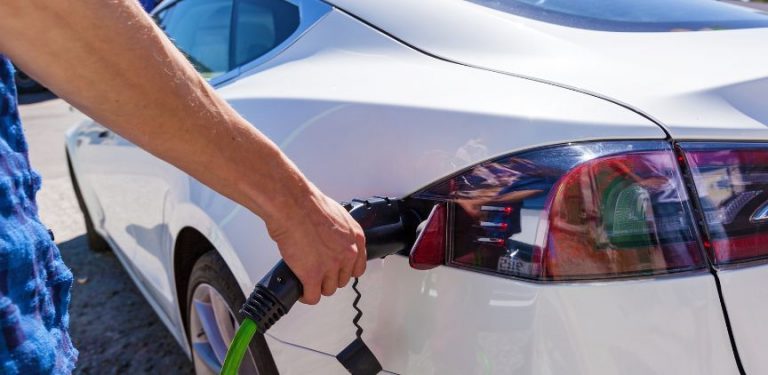The Way You Drive Could Be Affecting Your Wallet
Let’s face it, fuel is expensive. It’s not uncommon to go over the hundred-dollar mark when filling up your vehicle. Like most commodities, the price of fuel can and does fluctuate, and as a commodity, its price influences many other sectors. Grocery sticker shock can, in large part, be blamed on the cost of simply getting your avocados from Mexico to your town market. The more expensive gas is the greater the price of your guacamole. So, let's dive into how to save on gas.
Gasoline is now viewed by some as public enemy number one. The burning of fossil fuels is wrecking our home planet, polluting our air and changing our weather patterns for the worse. In my last article, I discussed one alternative solution, in the form of electric vehicles, simply not burning fossil fuels at all. In this article, I’ll discuss some easy ways to use your fuel-burning vehicle in a much more efficient manner, consequently reducing your gas bill and spewing much less CO2 into the environment and atmosphere.
Categorically, there are three subheadings on how to save on gas:
- The condition of your vehicle.
- Driving habits and style.
- Lifestyle choices.
Related Search Topics (Ads)
Your Vehicle’s Condition
If you haven’t noticed, your vehicle has many moving parts. When one of those parts is worn out, not functioning optimally or broken, it’s going to have a direct negative result on gas mileage consumption.
Tires
To begin, the easiest part to maintain is your tires. Underinflated tires produce an unwanted increase in resistance and drag. Drastic outdoor temperatures influence your tire pressure, so when outside temps drop, check your tire pressure, you’ve most likely lost some PSI and efficiency. If you live in a four-season environment, changing summer tires to winter tires also helps. Summer tires in winter, aside from the obvious safety issues, help reduce spinning wheels, getting stuck and over-braking, all of which reduce fuel efficiency.
Conversely, keeping winter tires on in the summer is equally, if not worse, for mileage. Winter tires are made to operate in 45-degree temps and below. If you’re driving snow tires in 80-degree weather, you’re causing a substantial increase in tire rolling resistance, as well as prematurely wearing out your tires. By the time winter rolls around again, your winter tires will be out of commission.
Tune-ups
By keeping your vehicle maintained through regularly scheduled maintenance, it will perform better, thus providing better gas mileage. After all, the goal is to fill up at the gas station as infrequently as possible. New sparkplugs, a clean air filter and regular oil changes go a long way toward more efficient driving.
You and Your Vehicle – Positive Changes – Positive Results
When it comes to your behavior, there is a multitude of things one can do to save on gas.
Roof racks, for example, can have negative implications on good gas mileage. Significant aerodynamic drag can increase fuel consumption by as much as 20% on the highway. So, when not required, it’s best to remove the roof rack. It’ll contribute to decreased fuel consumption and added wind noise.
As a skier who also writes for the ski industry, one of my pet peeves is witnessing people who place their skis the wrong way on their ski racks atop their vehicles. The tips of the skis go towards the rear of the vehicle, not the front. Ski tips in the front increase wind resistance and drag, reduce mileage and create much more wind noise. On your next ski day, ensure the ski tips on your rack face the rear of your car.
The heavier your vehicle is, the more power is required to move it. So, if you have a pickup truck with a thousand pounds of junk in the bed, it’s best to remove it. Keeping a trunk full of sandbags or other heavy items will ultimately cost you mileage.
Avoid super-fast accelerations and quick heavy braking, despite the fun factor of doing so!
Continual high-speed driving sucks much more fuel. Just 20 miles an hour faster on the highway can increase your gas bill. Additionally, cruise control on the highway for long stretches in light traffic keeps the vehicle stable and balanced. Constant variations in speed can use more fuel; this won’t help your gas money budget.
Planning your trips to avoid rush hour traffic is another thing to try and avoid. It’s not always avoidable but sitting in bumper-to-bumper traffic wastes fuel and time.
The most obvious and practical way to reduce fuel is to not use your car as much. Can I run my errand without my car; this should be a question you ask yourself frequently. Not burning fuel, getting fresh air and increasing your daily step count help the planet and everyone on it.
Other things like loyalty programs at fuel retailers can help reduce costs by offering a slight price reduction on regular gas at the pump and other free items once you accumulate a certain number of points.; this can help overall savings on gas.
Conclusion
Like everything in life, some things are easy, and some are difficult. If you implement a few of the above points, stay on top of your vehicle’s condition and tune-up schedule, and drive when needed, you can reduce wear and tear on your vehicle, allowing you to spend less time at the pumps, and save on gas.
The good news is that the current crop of cars has never been more fuel-efficient. Additional tools like onboard diagnostics, viewing your tire PSI readings on the screen of your vehicle, and software suites that analyze your fuel consumption in real-time, make saving money on fuel much easier than it was twenty years ago.
With that said, I hope this article will help reduce your carbon footprint as well as keep more of your hard-earned money in your pocket and not at the gas pump.

